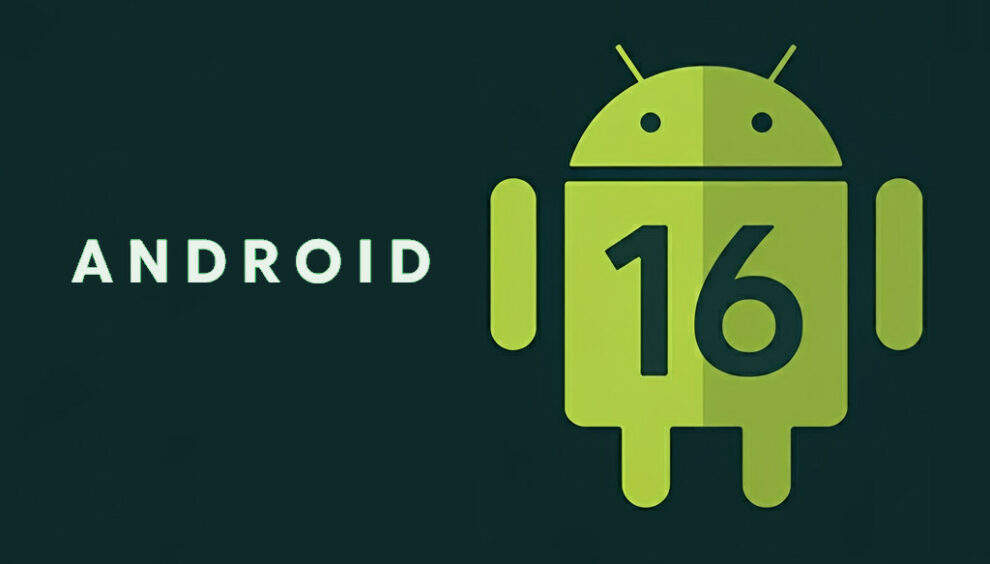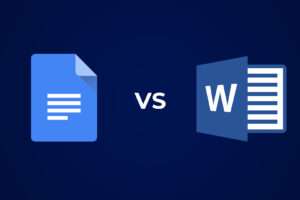Google is set to unveil Android 16 on June 3, 2025, marking one of the earliest major Android releases in the platform’s history. This strategic move, which pushes the launch forward by several months compared to previous versions, signals Google’s renewed commitment to keeping its flagship devices current and competitive in an increasingly dynamic smartphone market.
The acceleration of Android 16’s release timeline represents a notable shift from Google’s established pattern. For perspective, Android 15 made its debut in October 2024, while its predecessor, Android 14, arrived in October 2023. This new approach demonstrates Google’s adaptability and responsiveness to evolving market demands, particularly in supporting major smartphone launches scheduled for later in the year.
The timing of Android 16’s release appears particularly calculated, coinciding with Apple’s traditional Worldwide Developers Conference (WWDC) window, where the tech giant typically unveils its latest iOS updates. This alignment suggests Google’s intention to position Android more assertively against its primary competitor in the mobile operating system space.
Behind this tactical scheduling lies a practical consideration that emerged during the Pixel 9 series launch. Despite releasing the flagship devices earlier than usual in August, Google had to ship them with Android 14, as Android 15 wasn’t yet ready for deployment. The new June release window for Android 16 provides ample buffer time for Google to optimize the operating system for upcoming flagship devices and implement any necessary refinements through a planned minor update in Q4 2025.
Early leaks and reports have already begun painting a picture of what users can expect from Android 16. Breaking from the alphabetical naming convention that gave us memorable versions like Lollipop, Marshmallow, and the recent Vanilla Ice Cream, Android 16 is reportedly adopting the codename “Baklava.” This departure from traditional naming schemes might indicate broader changes in Google’s approach to Android development and branding.

The upcoming release promises several substantial improvements to the user experience. Among the most anticipated features is a comprehensive overhaul of the notification drawer and quick settings panel, with the brightness slider receiving a design update to match the aesthetic of Android 15’s volume picker. The update is also expected to enhance multitasking capabilities by allowing users to convert any app into a floating bubble, a feature that could significantly improve productivity and user interaction.
Security and digital wellbeing remain key focus areas, with Android 16 set to introduce more robust theft protection features directly integrated into the settings menu. The Do Not Disturb mode is also slated for improvements, though specific details about these enhancements remain under wraps.
According to Android Headlines, Google plans to make Android 16 available both through AOSP (Android Open Source Project) and for Pixel devices simultaneously on the June 3 launch date. This synchronized release strategy could streamline the update process for device manufacturers and potentially lead to faster adoption rates across the Android ecosystem.
The early summer release of Android 16 represents more than just a schedule change; it reflects Google’s proactive approach to maintaining Android’s competitiveness and relevance in the smartphone market. By positioning major updates earlier in the year, Google is better equipped to support its hardware partners and ensure that new devices launch with the latest software features and improvements.
As we approach the June release date, the Android community eagerly anticipates more details about the features and improvements that Android 16 will bring. With seven months still remaining until the official launch, Google has ample time to refine and polish what promises to be one of the most strategically timed Android releases to date.
















Add Comment